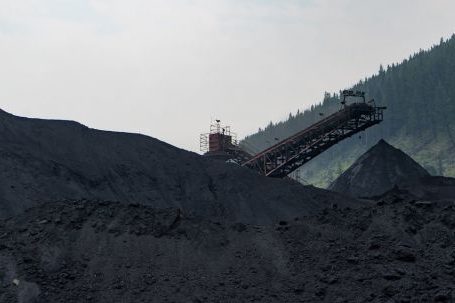Microorganisms are the unsung heroes of the natural world. These tiny organisms play a crucial role in the functioning of terrestrial ecosystems, even though they often go unnoticed by the naked eye. From the depths of the soil to the heights of the canopy, microorganisms are found in every corner of our planet’s terrestrial habitats, shaping the environment in ways we are only beginning to understand. In this article, we will explore the diverse and fascinating world of microorganisms in terrestrial ecosystems.
Soil: The Hidden Universe
Beneath our feet lies a hidden universe teeming with life. Soil is a complex ecosystem that supports a wide array of microorganisms. Bacteria, fungi, protozoa, and viruses are just a few examples of the diverse microbial communities found in soil. These microorganisms play a crucial role in nutrient cycling, breaking down organic matter and releasing essential nutrients for plant growth. They also contribute to the formation of soil structure, helping to prevent erosion and promote water infiltration.
Plant-Microbe Interactions
Plants and microorganisms have a symbiotic relationship that is essential for the health of terrestrial ecosystems. Mycorrhizal fungi, for example, form mutualistic associations with plant roots, providing them with nutrients in exchange for carbohydrates. This partnership enhances the plants’ ability to absorb water and nutrients from the soil, ultimately benefiting both the plant and the microorganism. Other microorganisms, such as nitrogen-fixing bacteria, help plants obtain nitrogen, an essential nutrient for growth.
The Role of Microbes in Decomposition
When plants and animals die, they become part of the nutrient cycle through the process of decomposition. Microorganisms are key players in this process, breaking down complex organic matter into simpler compounds that can be recycled by other organisms. Bacteria and fungi are particularly important in decomposition, releasing enzymes that break down organic matter and releasing carbon dioxide back into the atmosphere. Without these microorganisms, dead plant and animal material would accumulate, leading to nutrient depletion and a decline in ecosystem health.
Microbes in Extreme Environments
Microorganisms are not limited to temperate environments; they can thrive in extreme conditions as well. From the scorching hot deserts to the freezing cold tundra, microorganisms have adapted to survive in environments that would be inhospitable to most other forms of life. Some bacteria, known as extremophiles, can withstand high temperatures, acidic conditions, or high salinity. These microorganisms play a crucial role in the biogeochemical cycling of nutrients in extreme environments, demonstrating the resilience and adaptability of life on Earth.
Implications for Conservation and Restoration
Understanding the role of microorganisms in terrestrial ecosystems has important implications for conservation and restoration efforts. By preserving and restoring habitats, we can help maintain the diversity and abundance of microorganisms that are essential for ecosystem functioning. Additionally, research into the interactions between microorganisms and their environment can inform management practices, such as the use of microbial inoculants to enhance plant growth in degraded soils.
In conclusion, terrestrial ecosystems are a rich and diverse habitat for microorganisms. From the soil to the canopy, microorganisms play a vital role in nutrient cycling, plant-microbe interactions, decomposition, and the functioning of extreme environments. Their importance in maintaining ecosystem health and resilience cannot be overstated. As we continue to explore and understand the fascinating world of microorganisms, we gain a deeper appreciation for the intricate web of life that exists in our terrestrial ecosystems.





